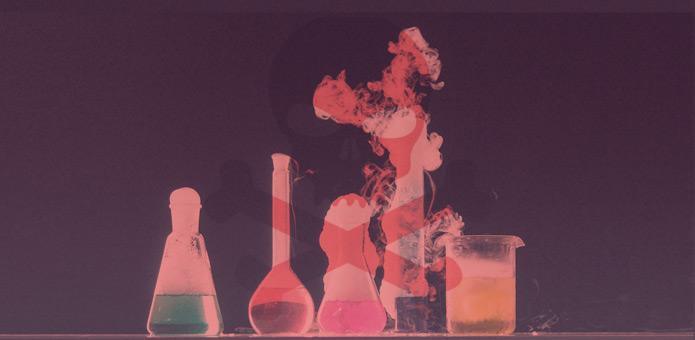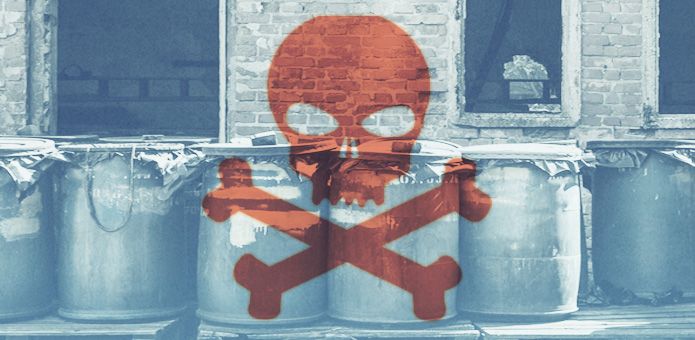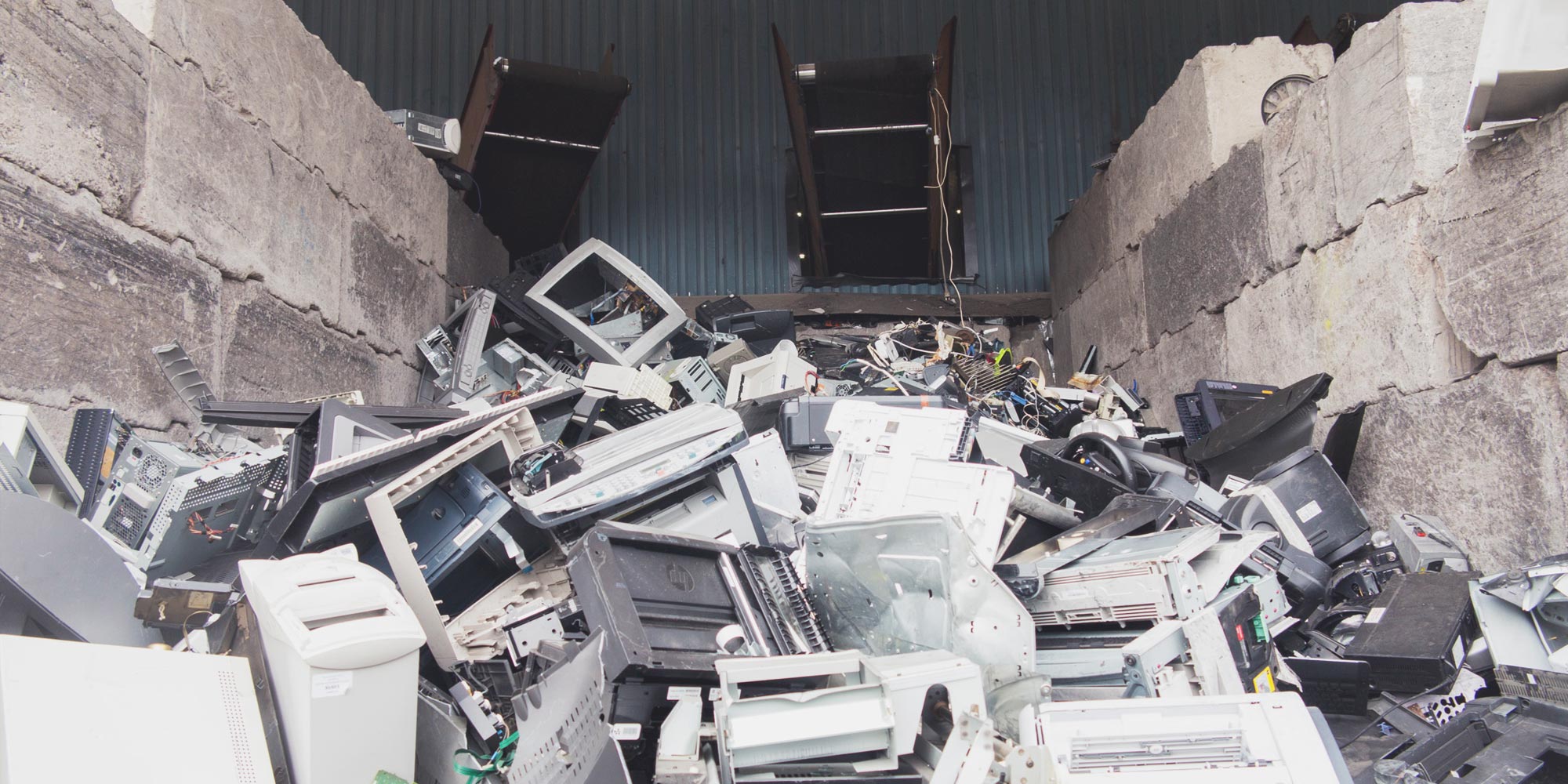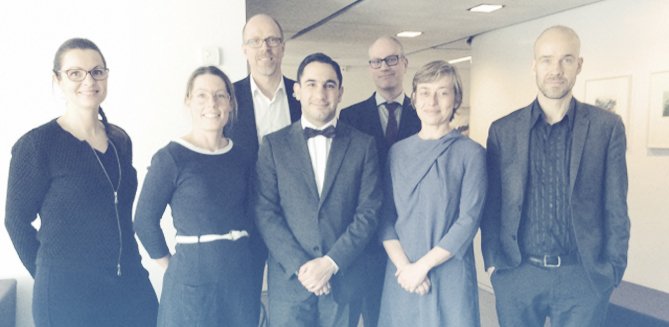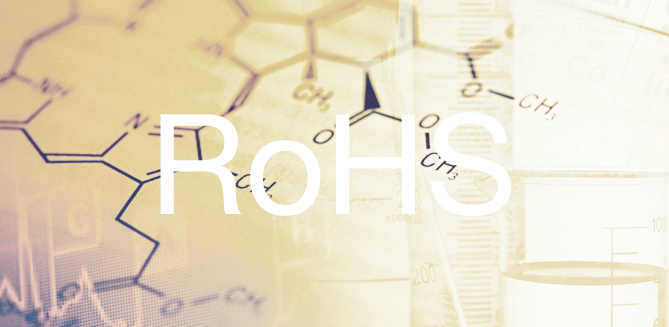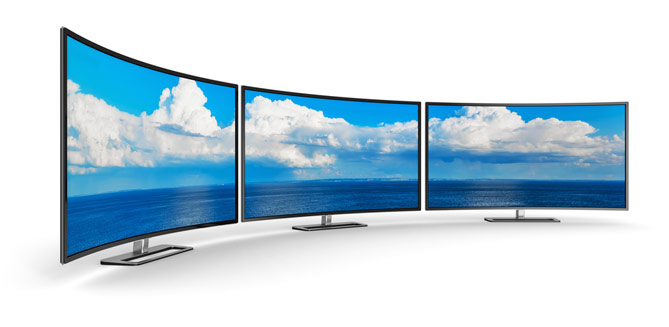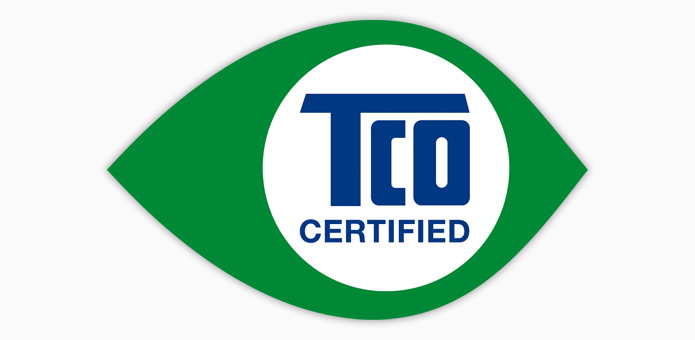Chemical tax on products misses the mark
Economic measures are an effective way to drive change, for example reducing the content of hazardous substances in our products and environment. Sweden’s government is currently considering a proposal to introduce a tax on certain consumer products, including electronics, that contain potentially hazardous chemicals.

